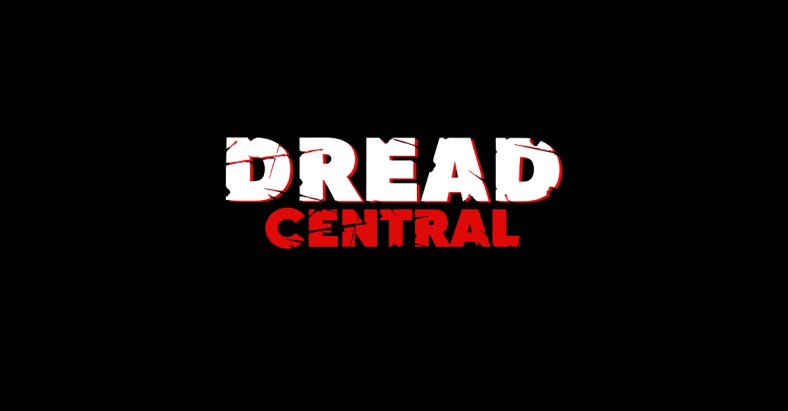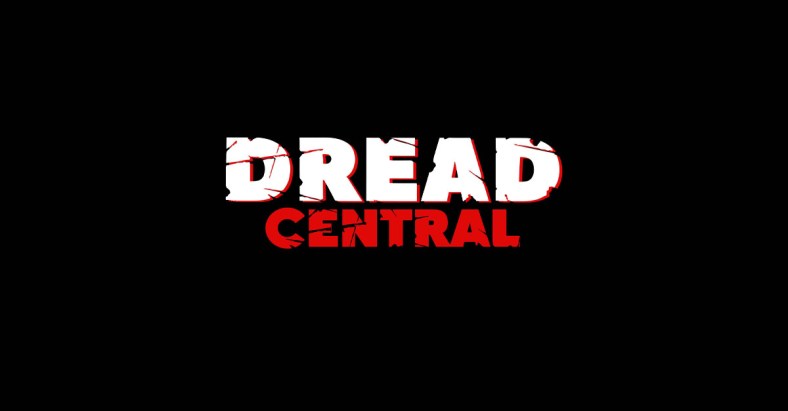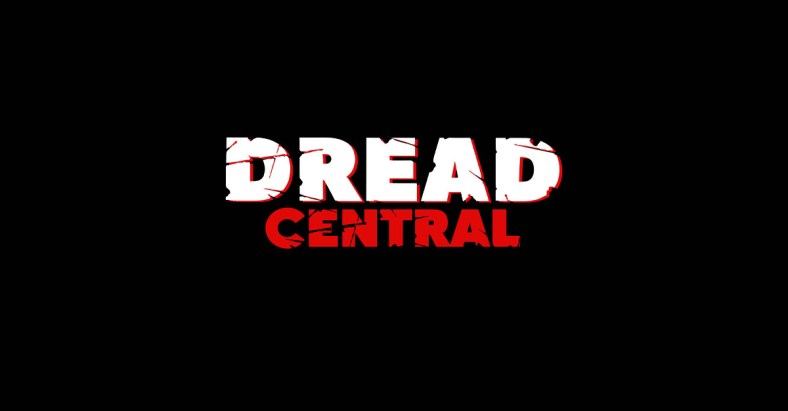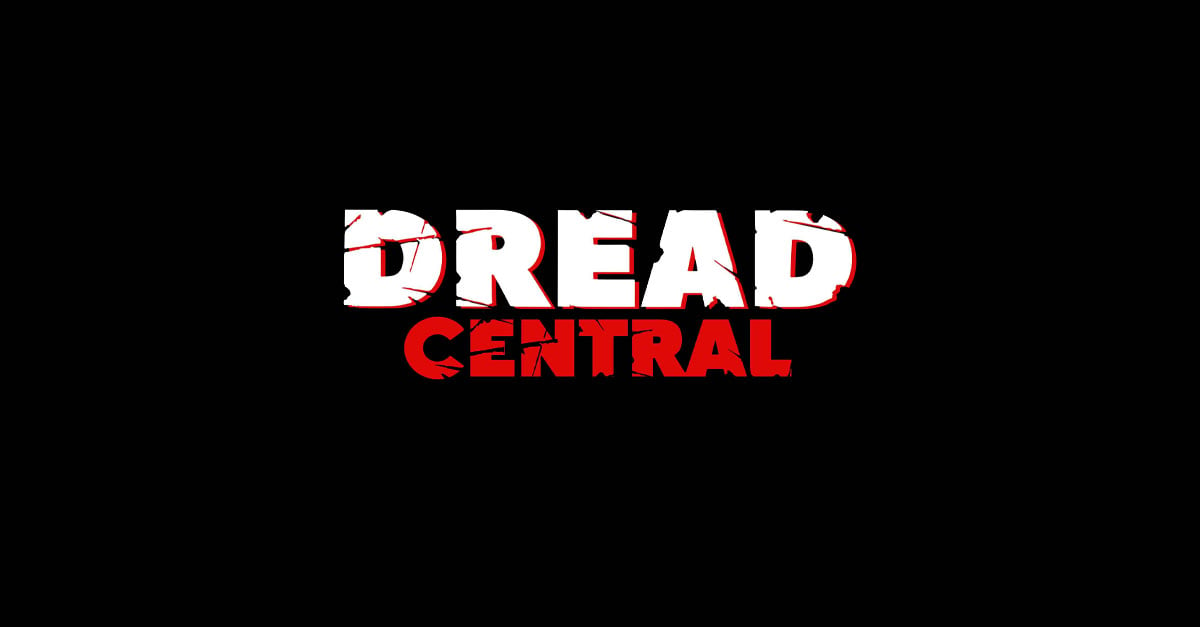Exclusive: Eduardo Sanchez Talks Importance of Horses in LOVELY MOLLY

In my early twenties, I spent time as a working student on a horse farm for Olympian Equestrian Leslie Law. I remember the shiny laced ribbons strung out along the walls of the feed room, like clothes drying on a clothesline. Above the ribbons hung framed pictures of Leslie and his wife jumping massive fences aboard their athletic horses—an uncanny resemblance to the room full of horse pictures Molly enters in Eduardo Sanchez’s film Lovely Molly.
Almost a decade ago, writer and director of The Blair Witch Project came out with the psychological horror-thriller Lovely Molly. The film follows the life of Molly, a newlywed who moves into her childhood home after both of her parents pass. Days after moving in, the house is possessed, but it’s left up to the viewer to decide whether the cause is paranormal activity or personal demons from a psychological illness. The ambiguity in the film is rife, but the underlying horse motif throughout the story is what caught my attention.
Synopsis:
A supernatural presence menaces a newlywed couple (Gretchen Lodge, Johnny Lewis) after they move into the wife’s long-abandoned childhood home.
In the time I spent working on the farm, I witnessed the commitment and dedication required to run a professional show barn. I lived the sacrifices it took to succeed. It wasn’t a hobby, rather an all-or-nothing intense lifestyle where people saw horses and immediately associated them with you. Maintaining relationships of any kind with those unfamiliar with horses was difficult. When I first saw Lovely Molly, my solution to the ambiguous question of supernatural or realistic forces was simple; my theory is rooted in that room full of horse pictures: Molly, abused by her father as a child had built up resentment towards her father for the time he spent with the horses, caring for them more than her. Assuming she suffers some sort of psychosis from her trauma, she fails to separate the two. The horses and her father are one and the same, creating the creature that haunts her whom she surrenders to and embraces at the end of the film.
With this theory in mind, I reached out to Sanchez for answers and he graciously spoke about his horse experience, how the horses made their way into Lovely Molly, and the general construction of horror. Convinced he had some experience in the horse industry, whether firsthand or not, I dove into asking about his horse background.
“I never even really saw a horse in person other than police horses until about 20 years ago when my in-laws found a little old farmhouse in West Virginia,” Sanchez said.

Sanchez immigrated from Cuba when he was young, but his parents grew up in a farming community. He said his mother always had a great appreciation for the farm animals and a plethora of stories to share, but the extent of his horse interaction would stay at the distance of his in-laws. One of the first times he and his family went out to visit, his oldest daughter’s face and eyes started swelling and since then, it’s been more of a “look and admire from afar” relationship.
“I’ve never ridden a horse,” Sanchez said. “We would feed the horses at the farm every once in a while, go out there with carrots and apples. Other than that, my horse knowledge is very limited.”
As for his character Molly, there was no avoiding the horses. The obsession and attachment the horse-human creature, real or imagined, had to her was inescapable. The haunting moments started out shallow but increased in intensity and horse-like qualities throughout the film.
“She’s [Molly] trying to make sense of what she’s feeling, what she’s seeing,” Sanchez said. “I just thought that having this horse motif throughout the movie really lent itself well to the whole foundation of this being possibly some kind of Baphomet possession, some kind of demonic, demon possession—something supernatural as well as dealing with the idea of, ‘Well maybe it’s nothing supernatural, just her kind of losing it in a certain way.’”
Molly seems to address a person in each haunting moment, but hoofbeats and horse-like exhales accompany each occurrence, suggesting she can’t separate the horses from her father. At the end of the film, a creature referred to as the Baphomet appears in the woods to embrace Molly.
The Baphomet, an occult icon, is based on a goat-horse head atop a human-horse type body. The modern-day Baphomet is a goat-headed hermaphroditic creature that represents binary opposites. On the arms of the icon are “COAGULA” and “SOLVE,” which means “to join together and take apart.”
“Baphomet is the most infamous [demon character] with horse legs, or goat legs,” Sanchez said. “Other than that, the whole headpiece was something that our graphic designer worked on implementing, the horse head, the horns, and all the stuff. It was very much an amalgamation of different things we were looking at, creating something where Molly was piecing together things that she had experienced in her life. Nothing really concrete about what she was seeing.”

When Molly embraces the creature, we’re still uncertain about whether it is supernatural or a realistic psychosis where she sees her father. Regardless, the embrace seems to symbolize some sort of peacemaking with her past. The idea that she has accepted or surrendered to the creature’s—or father’s—will.
Sanchez said, “I think sometimes she would mostly see her dad and then at the end, the theory is the idea that the demon is using her dad’s image to lure her in and drive her to the edge. At the end, he stole her soul or whatever it is that happens.”
Leading up to this final moment of embrace is the buildup of other horse elements. At the beginning of the film, the camera flashes on two stone horse figures deep in a shed crawl space. Then there is the room of horse show photos, which is where I made the connection to the horse industry. Eventually, Molly seduces her pastor and kills him. When she does, she leaves bite marks all over the pastor, a dominant behavior in horses and one example of her behavior transitioning into bestial reactions. The final moments of the film show the sister discovering a family scrapbook where Molly cut out the horse heads in the show photos and pasted them on top of every one of her father’s pictures.
“There was always this kind of horse motif underlying mythology going on in the storyline as I wrote it,” Sanchez said. “Then when we found the location [for the film], the woman who owned the house, her family had been involved with horses since she had been a kid, so she had a lot of horse memorabilia in the house, a lot of photos. She had a few horses, stables in the back and was very much tied to horses. For me as a writer and director, it inspired me.”
Mentioned in previous interviews with Sanchez and reviews of the film, the house where the movie was filmed was an authentic horse family home. While it seems the horse motif controlled much of Molly, it seems to have controlled Sanchez too.
“Once we got in the house and we were so entrenched in the horse motif, I think a lot of things happened and seeped into the storytelling.”
He recalled talking to the production designer about what to do with all of the horse memorabilia. The crew took over the house for about a month and a half, moved everything out, created a set of their own, but opted to leave most of the horse memorabilia. With permission from the owner, Sanchez used her original horse photos to retroactively insert horses as part of Molly and her sister’s upbringing. Pictures of the little girls and the dad were supposed to be the characters. For my theory, the pictures were key to associating the dad with the horses. When Molly first enters the room, the camera pauses on a photo of her father next to a horse. The family scrapbook with the horse heads at the end is what convinced me Molly saw her dad and the horses as one and the same, and the Baphomet was used as a representative of their fusing.
Another notable element that came as a result of the house was Molly’s habit of biting. At one point she kisses her husband, but latches onto his lip until blood is drawn. Later in the story is she kills the pastor, covering every inch of his body in bite marks.

“I think the biting was part of it [was inspired by the house]. I don’t know if the biting is actually in the original script or not or if it’s something that we came up with later, but it definitely tracks back to the idea that something to do with horses is definitely entering her psyche.”
This ambiguity about Molly’s psyche was what made the story of Lovely Molly captivating. I wanted a finite answer and for a moment I felt validated in my theory when Sanchez personally said, “Your theory makes a lot of sense.” I gave myself a silent pat on the back, thanked all my years with the horses for doing something for me, and then the moment was gone. Sanchez wanted people to walk out of the theater wondering.
“It was always meant to be sort of ambiguous, to let the audience decide one way or the other, but to also concentrate on the experience that she was going through.”
The movie isn’t necessarily about needing to find an answer to a big story, it’s about understanding the character Molly, focusing on her experience and the effects her actions have on the other characters. It’s a look into the life of a person struggling with trauma and drug abuse. The story is her fight and her resulting reality—a surrender to an outside force controlling her and a disassociation with reality. The horse theme was essentially a tool Sanchez used to accentuate the ambiguity and blur the reality of Molly’s story so the viewer would focus on the character’s experience, leaving out the “Why?”.
“For me, horror movies are best enjoyed when they set up a premise or certain possibilities of what could be happening. Especially supernatural stuff, obviously if it’s like a mystery or something that is grounded in more reality, if not the supernatural world, you have to explain, you have to give some kind of explanation as to why the world is happening the way it is, to the world or the characters.”
The horses were a way to both ground and destabilize a story. The house seemed to be the trigger of her past childhood and the horses are an association to her father. All of it together could be a blurred psychosis conjured from her trauma.
“Like a lot of psychological horror or supernatural horror, the less you explain, the creepier it is, the more mysterious it is–and that’s what I really enjoyed about them when I was young. The stuff where there’s sort of an explanation for it, but no connecting of dots. Because once you connect the dots, it loses its appeal; you know too much. Once you know the killer’s identity, it loses its appeal.”
So as much as I wanted to hang up the phone in a triumphant exclamation that the horses were the root cause of Molly’s horror, I am still left to wonder.

Categorized:Editorials News

